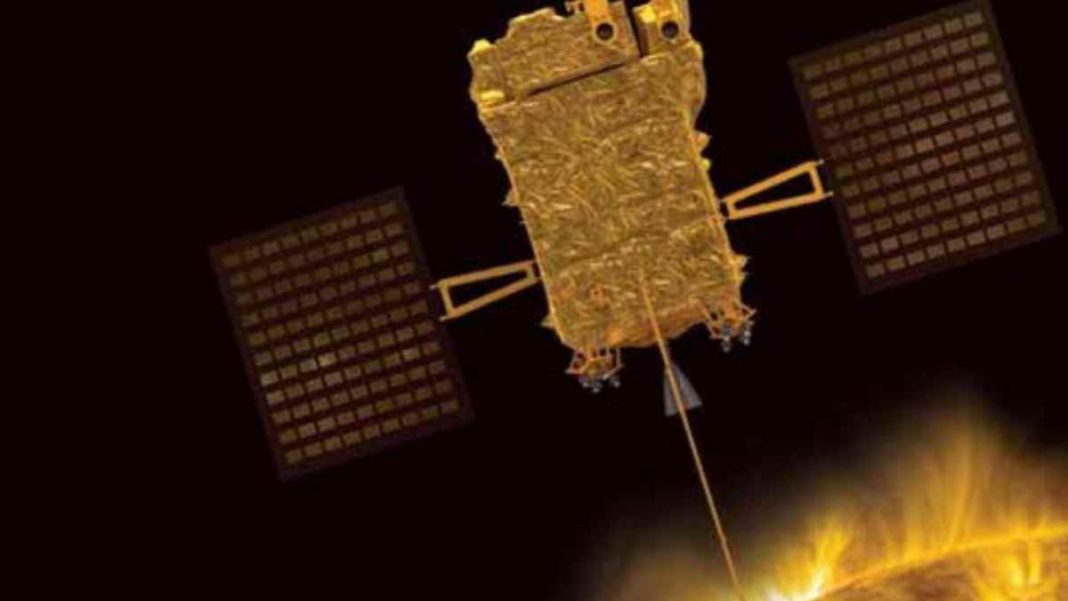INDIA: In a monumental stride for India’s space exploration efforts, the Indian Space Research Organisation (ISRO) has announced the commencement of scientific data collection by the Aditya-L1 spacecraft.
The mission, which aims to unlock the mysteries of our nearest star, the Sun, reached a significant milestone as it initiated data-gathering operations related to solar particles beyond Earth’s orbit.
The heart of this data collection effort lies in the Supra Thermal and Energetic Particle Spectrometer (STEPS) instrument, a pivotal component of the Aditya Solar Wind Particle Experiment (ASPEX) payload.
STEPS, equipped with six sensors oriented in various directions, has begun the crucial task of measuring supra-thermal and energetic ions ranging from 20 keV/nucleon to 5 MeV/nucleon, as well as electrons surpassing 1 MeV.
This significant activation of STEPS occurred on September 10, when the spacecraft was positioned more than 50,000 kilometers from Earth. To put this in perspective, that distance is over eight times the Earth’s radius.
Following essential health checks for the instrument, data collection has been continuous as Aditya-L1 ventured further beyond the 50,000 km mark from Earth.
Each unit of STEPS is reported to be functioning within normal parameters, with initial measurements offering insights into the energetic particle environment within Earth’s magnetosphere.
These measurements will persist throughout the mission’s cruise phase as Aditya-L1 progresses towards the Sun-Earth L1 point, providing invaluable information regarding the origin, acceleration, and anisotropy of solar wind and space weather phenomena.
STEPS, a testament to India’s growing prowess in space science and technology, was developed by the Physical Research Laboratory (PRL) with support from the Space Application Centre (SAC) in Ahmedabad.
Aditya-L1, India’s maiden mission dedicated exclusively to the study of the Sun, has been making noteworthy advancements. It recently accomplished its fourth earth-bound maneuver, positioning it closer to its intended mission trajectory.
The spacecraft’s payload is an ensemble of seven different instruments specially designed for a comprehensive study of the Sun. Four of these instruments are dedicated to observing the Sun’s light, while the remaining three are tasked with measuring in-situ parameters related to plasma and magnetic fields.
The next significant maneuver for the Aditya-L1 mission is scheduled for September 19, keeping space enthusiasts and scientists eagerly awaiting the wealth of information and insights this mission is poised to deliver about our Sun and the dynamic space environment that surrounds it.
Also Read: Israel’s Supreme Court Faces Showdown on Judicial Constraints: Arguments Unfold



